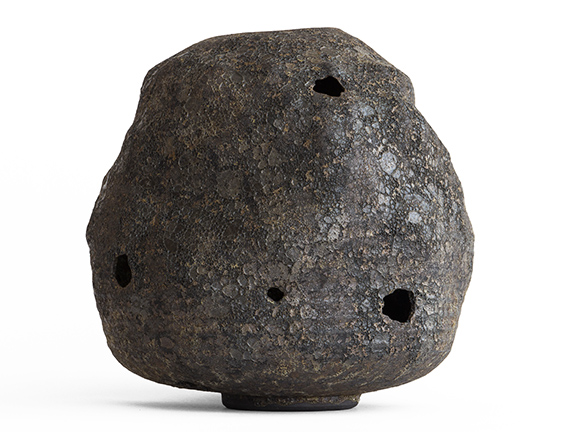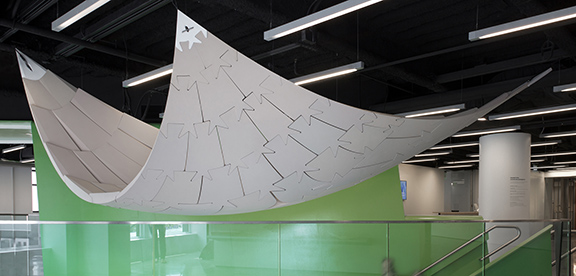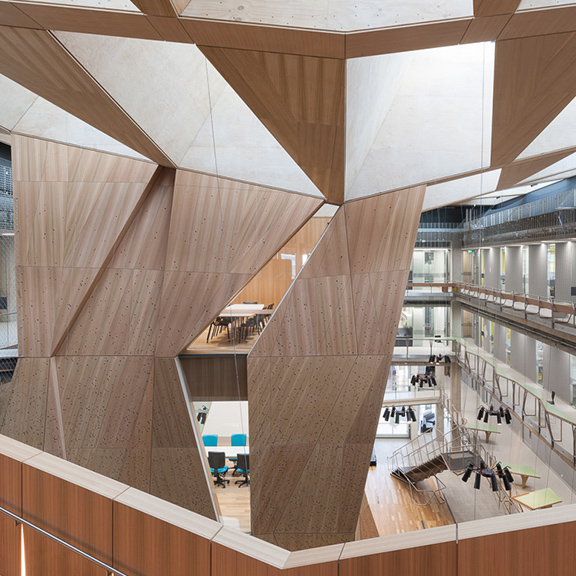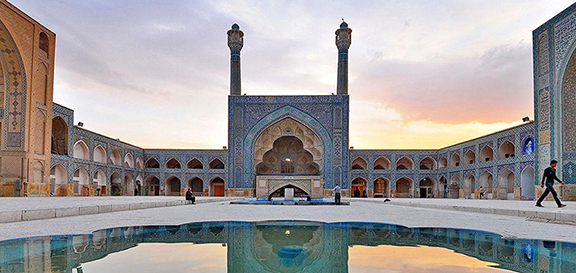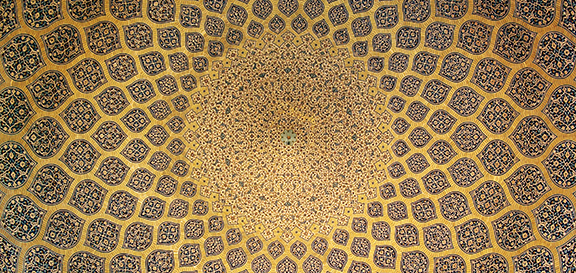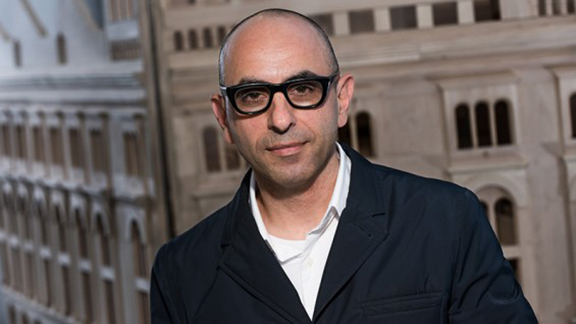
It is often in loss that we come to understand the full value of something dear to us. Such was my discovery last week when I learned that Zaha Hadid had unexpectedly died; a fact that upon penetrating my confused fog, produced a nauseous panic. With her sudden departure, I feel strangely rudderless, as if a small hole has been exposed to be a crater. Looking for solace among the pantheon of powerful women architects that she leaves behind … well, they are huddled together on the head of a pin.
I did not know her personally, had never worked for her, studied under her, or even visited a single one of her completed buildings. The worldly Baghdad-born Ms. Hadid was likely intimidating from her outset, and had I met her, I would have been overcome with awe. Her pedigree was near perfect. Born to privilege and raised with a sterling education, Zaha Hadid entered London’s Architectural Association during a particularly dynamic moment of the 70s, studying with Rem Koolhaus and Elia Zenghelis – starting her career as their employee at OMA, arguably the most influential firm of the last thirty years. By the time I was a student in the late 1980s, Zaha Hadid was already famous for her brazen self-confidence and her deft navigation of a male-dominated profession. There was in fact, little in her that I could emulate, yet she was with me from the beginning. She was the only woman architect we students revered, despite that she’d had almost nothing built. All of us called her “Zaha” as if she were among us, making jokes at her expense, while admiring her untamable talent for drawing unfathomable form and inspired compositions of dizzying force.
Zaha Hadid’s building’s challenge our conventional notions of beauty and utility. In their autonomy, they seem to completely disregard their context, although ZHA director Patrick Schumacher would likely cut me down for being obtuse. For once that professional grumpyman would be right. Long before parametric modeling, Ms. Hadid was expounding upon the Russian Suprematists of the 1920s, such that Malevich looked simple. Her work was marvelous, in the most literal sense, as color, movement, and depth were conveyed with the emotion of a Bacon painting, and the rigor of perfect math. Many wrote her off as a paper architect, banishing Zaha Hadid to the world of the Russian avant-garde, John Hedjuk, Lebbeus Woods and other draftsmen whose exquisite drawings we coveted even as we knew we’d leave them behind with our childish things. The palpable force of her work however, would not be contained to mere paper. When the Vitra Fire Station opened in the early 90s, Zaha Hadid strode loudly into that Manhattan all-male social club – the Century – invited to a table reserved only for those who both ruled the Academy and saw their work built. Alas, poor Philip, move over.
Within hours of her death, tributes and admiration flooded the internet such that her many achievements are revisited; dozens of accolades that include “Best Dressed,” “Most Powerful,” gold metals, Stirling Prizes, and the coveted Pritzker for which she will always hold the distinction as having been the first woman to have won. Her work transcends conventional architectural practice to film, fashion, furnishings, and set design. A favorite rumor or fact – in 1999 Zaha designed the set for the Pet Shop Boy’s Nightlife tour. (Were she and Dusty Springfield the original West End Girls?) Zaha was no stranger to controversy. Neither she nor any of her team were invited to the opening of the London 2012 Olympic Aquatics Center – oversight or snub? In 2014 she was depicted as both heartless and clueless in connection with the death of hundreds of migrant workers preparing for Qatar’s 2022 World Cup and the ZHA-designed Al-wakrah Stadium. As recently as last month, she made headlines with her indignant refusal to cede copyright of her scrapped stadium design to organizers of the 2020 Tokyo Olympics. In fact, the media critiqued her with scrutiny never inflicted upon her male peers. Zaha was described as tempestuous – she dressed to be noticed; she was infinitely quotable. Dig deep enough among her press clippings find she was a smoker – at least until recently. She never married, had an enormous closet, loved jewelry, maintained her nails, dyed her hair, could be officious to wait staff, alternately mean and extraordinarily generous to her employees – a real diva. Perhaps this treatment was intended to offer some logic, as if in painting her to be another Maria Callas, we could comprehend her extraordinary talent. More likely however, critics and paparazzi-alike were fascinated by this rare bird of beauty, with a confounding ability to shape space beyond comprehension.
Reading the early postings, I am noticing pattern. “She was more than just a female architect!” her admirers proclaim, admonishing us not to remember Zaha Hadid as a great woman, but rather as a great architect. That her legacy be protected from the inferior label of “greatest female” anything should not come as a surprise. Whenever there is a list of most successful/powerful/influential women, at least one in the crowd will say “thanks, but I do not think of myself as a powerful woman.” Amy Schumer becomes indignant when labeled a female comedienne (would anyone call Stephen Colbert a male comedian??), although her best material comes from the stereotypes and social norms that confine her gender. Women want to believe they occupy the same meritocracy as men, and the women who achieve success in their male-dominated fields should be entitled to a pride in their hard work and talent. Nonetheless, whenever I hear a female colleague say she is immune to gender bias, I want to know where to get a ticket for that space shuttle – now there’s is a planet I’ve never been to. Lots of women practice in the field of architectural design – lots of women hold influential positions in schools of architecture, but very very few women ever claimed a seat at the table of the Century Club. Those seats were reserved for powerful professionals, with the ability to shape trends, shift opinion, and maintain their relevance within architectural discourse.
With her passing, Zaha Hadid gives women unanticipated (for which I’d gladly have waited decades more) gifts. She reminds us that architecture is indeed an art; that in order to bring that art to life, one might have to sacrifice personal popularity, endure withering criticism, and expose femininity to ridicule. Zaha demonstrated that we are limited only by ourselves; that architecture’s relevance can extend far beyond conventional practice. Above all, she exposed herself as alone on an admittedly small podium, as a singular woman among the world’s most formidable architects. We can argue endlessly about other women, successful in their own right with bright futures, already recognized and imitated for their work. Yet for a certain generation of architects – mine – the departure of Zaha Hadid exposes that things really are as imbalanced as they seem; that we have fallen short of the required combination of talent, endurance, and sheer bravado required for a seat at that powerful table.

